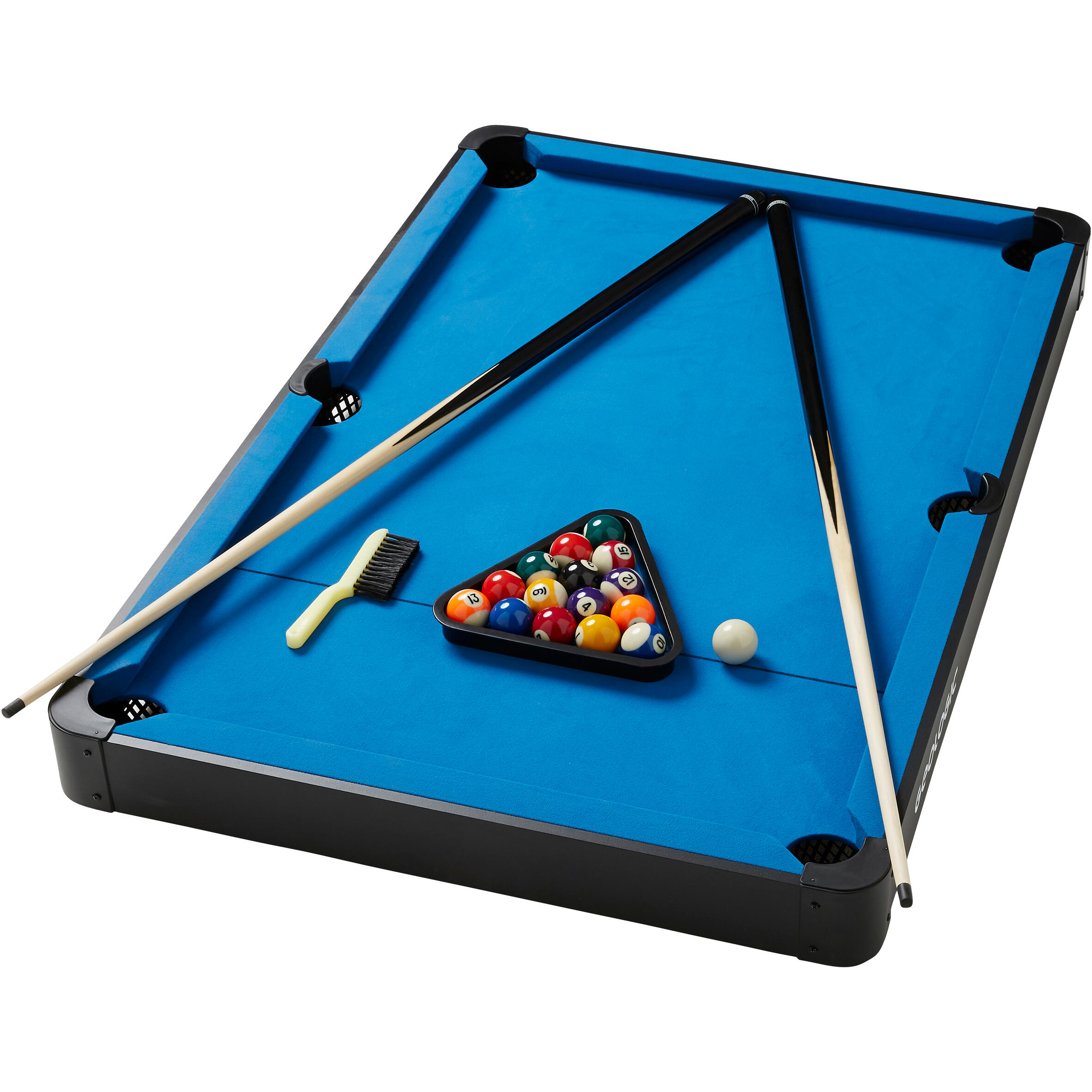

The mechanism associated with the cellular photobiostimulation by LLLT is not yet fully understood.
Red light table top gamr skin#
4Īcne, photodamage, non-melanoma skin cancers, skin rejuvenation, vitiligo and wound healing post elective surgeryĪcne, improving skin texture, firmness and resilience, increasing lymphatic system activity, fine lines, wrinkles and superficial hyperpigmentationĪcne, rejuvenation, injured skin healing including the shortening of the post skin resurfacing erythema durationįine lines, wrinkles, and age spots on the face, neck and handsĪcne, anti-aging, hyperpigmentation, rosaceaĪcne, anti-aging, skin rejuvenation, acceleration of healing of post peel and post surgical suture sitesĪnti-aging, skin firmness, wrinkles, skin tone and texture for face and neck Recently, medical treatment with LLLT at various intensities has been found to stimulate or inhibit an assortment of cellular processes.

This process is referred to as ‘low-level’ because the energy or power densities employed are low compared to other forms of laser therapy such as ablation, cutting, and thermally coagulating tissue. 3 LLLT involves exposing cells or tissue to low-levels of red and near infrared (NIR) light. More recently, this approach has also been used for inflammatory acne ( Table 1). 1, 2 In the last few decades, non-ablative laser therapies have been used increasingly for the aesthetic treatment of fine wrinkles, photoaged skin and scars, a process known as photorejuvenation ( Table 1). The main medical applications of LLLT are reducing pain and inflammation, augmenting tissue repair and promoting regeneration of different tissues and nerves, and preventing tissue damage in situations where it is likely to occur. LLLT uses either coherent light sources (lasers) or non-coherent light sources consisting of filtered lamps or light-emitting diodes (LED) or, on occasion, a combination of both. LLLT, phototherapy or photobiomodulation refers to the use of photons at a non-thermal irradiance to alter biological activity. Low-Level Laser (Light) Therapy and Its Mechanism of Action The non-invasive nature and almost complete absence of side-effects encourages further testing in dermatology. Inflammatory diseases such as psoriasis and acne can also benefit. In pigmentary disorders such as vitiligo, LLLT can increase pigmentation by stimulating melanocyte proliferation and reduce depigmentation by inhibiting autoimmunity. LLLT can reduce UV damage both as a treatment and as a prophylaxis. In dermatology, LLLT has beneficial effects on wrinkles, acne scars, hypertrophic scars, and healing of burns.

Stem cells can be activated allowing increased tissue repair and healing.

Consequently electron transport, adenosine triphosphate (ATP) nitric oxide release, blood flow, reactive oxygen species increase and diverse signaling pathways get activated. The photons are absorbed by mitochondrial chromophores in skin cells. Although the skin is the organ that is naturally exposed to light more than any other organ, it still responds well to red and near-infrared wavelengths. Low-level laser (light) therapy (LLLT) is a fast-growing technology used to treat a multitude of conditions that require stimulation of healing, relief of pain and inflammation, and restoration of function.


 0 kommentar(er)
0 kommentar(er)
